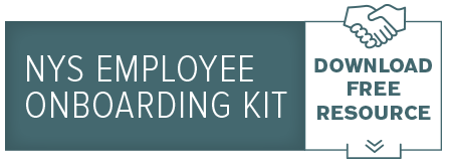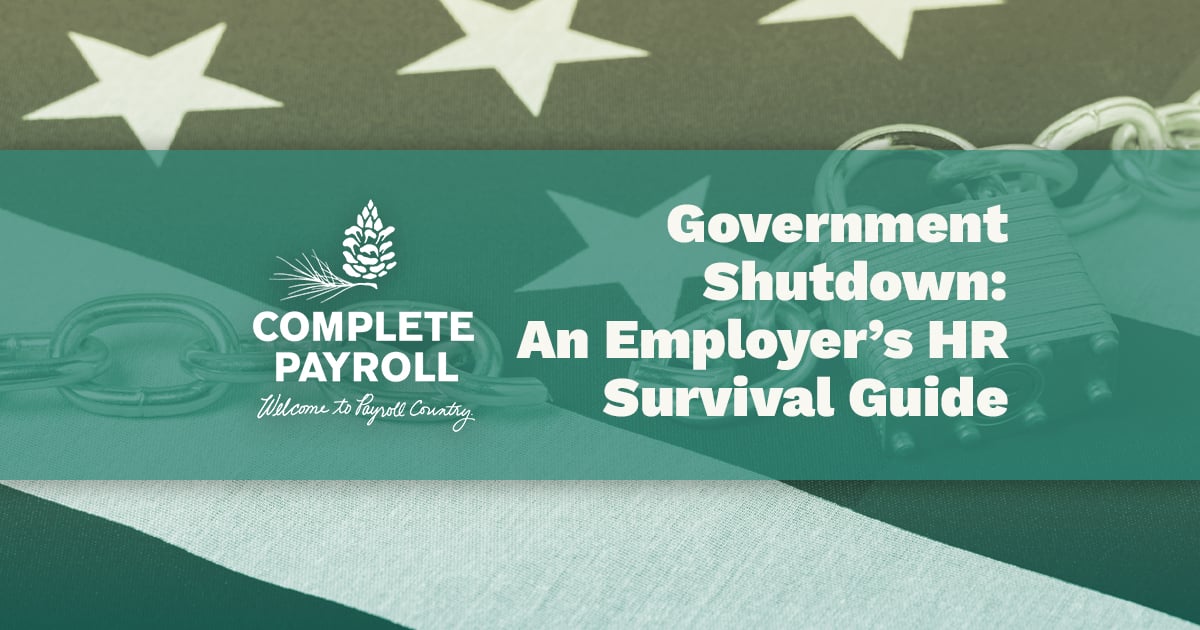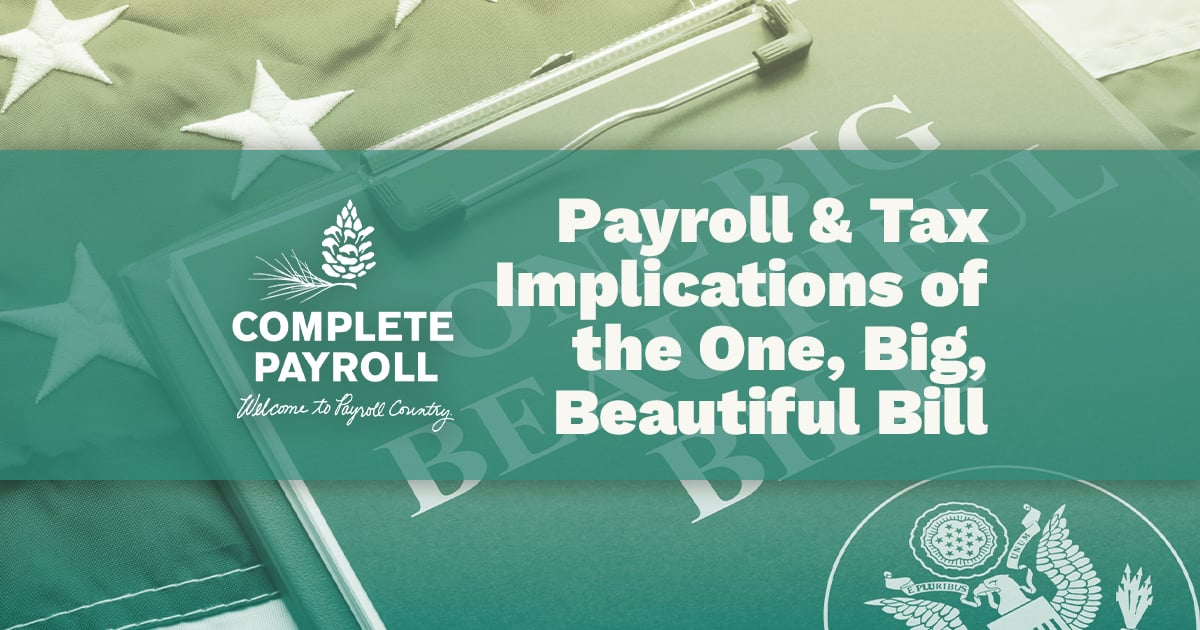If you're hiring an employee, or think you might be soon, check out our comprehensive resource page, Employee Onboarding - A Complete Guide. This is a handy, tightly-packaged outline that presents all the critical hiring and onboarding elements in simple, chronological order.
When you’re onboarding a new team member, there’s always a fair amount of paperwork involved—tax forms, contracts, non-disclosure agreements, and more. However, the type of paperwork varies significantly depending on whether you're bringing on an employee or an independent contractor.
Correct classification is essential, as it influences tax obligations, control over work processes, and even the potential risks of misclassification. Here’s a breakdown of what you need to know about hiring employees versus independent contractors and the essential forms for each.
What’s the Difference Between an Employee and an Independent Contractor?
Employees
When you hire an employee, your business becomes their employer. This relationship gives you more control over how and when they work. Typically, with employees, you may dictate:
- Work Hours: When they should work
- Process: How they should complete tasks
- Tools and Resources: What tools or technology they should use
- Priorities and Workflow: How tasks should be prioritized and who should complete them
Independent Contractors
Independent contractors, by contrast, are self-employed individuals. They work independently and often have more flexibility over how they deliver results. While they must follow the terms set in your contract, they typically make decisions about:
- Work Methods: How to approach the job
- Tools: What resources or technology to use
- Subcontracting: Whether to subcontract parts of the project to others
Independent contractors are generally hired for roles outside of your business's core functions. For example, if you operate a daycare, your teachers would be employees, but your landscaper could be an independent contractor.
Forms for Hiring an Independent Contractor
Contract
A contract sets the foundation for your working relationship, covering details like:
- Scope of Work: What the project entails
- Deadlines: Completion dates for milestones and the final project
- Payment Terms: Payment amounts and schedules
- Termination: Conditions for ending the relationship
Independent contractors often provide their own contracts, but you may also need to create one if needed.
W-9
Request a W-9 form from independent contractors to obtain their Taxpayer Identification Number (TIN). This form certifies their status for tax purposes. Keep a copy for your records.
1099-MISC
If you pay an independent contractor more than $600 in a year, you must issue a 1099-MISC form so they can file their taxes. This form includes your TIN, their TIN, and the total payment amount.
Forms for Hiring an Employee
I-9
The I-9 is the form for verifying that your new employee is authorized to work in the United States. The employee completes part of the form, and as the employer, you must review their identifying documents for authenticity. (Read more about how to handle this if your employee can’t come show you their documentation in person.)
W-4 and state/local withholding forms
Form W-4 helps determine how much federal income tax should be withheld from the employee’s pay. In states with income tax, additional forms, like New York’s IT-2104, may be required.
Risks of Misclassification
Classifying workers incorrectly can lead to serious legal and financial consequences, including:
- Fines and Penalties: Misclassification can result in fines and back taxes.
- Legal Action: Workers may be entitled to benefits or back pay if classified improperly.
Ensure you have a thorough understanding of your obligations, or seek professional advice to avoid potential pitfalls.
Ready to Onboard?
Are you hiring and onboarding new employees? Our New York State Employee Onboarding Kit has everything you need to get started. Download your free copy today.


















 Get Instant Blog Notifications
Get Instant Blog Notifications


